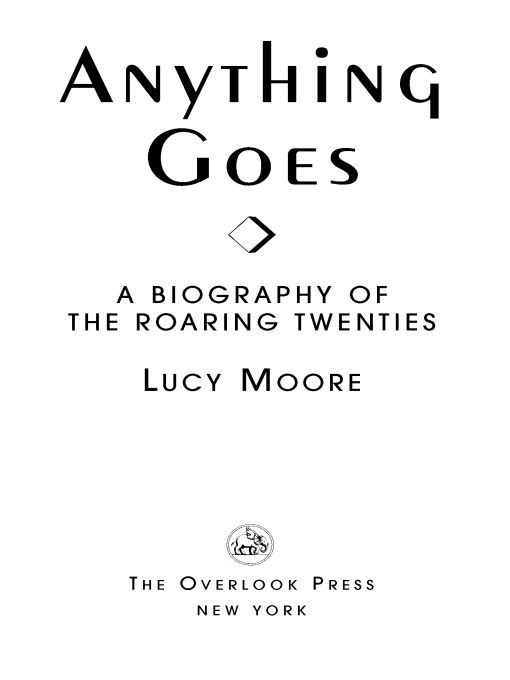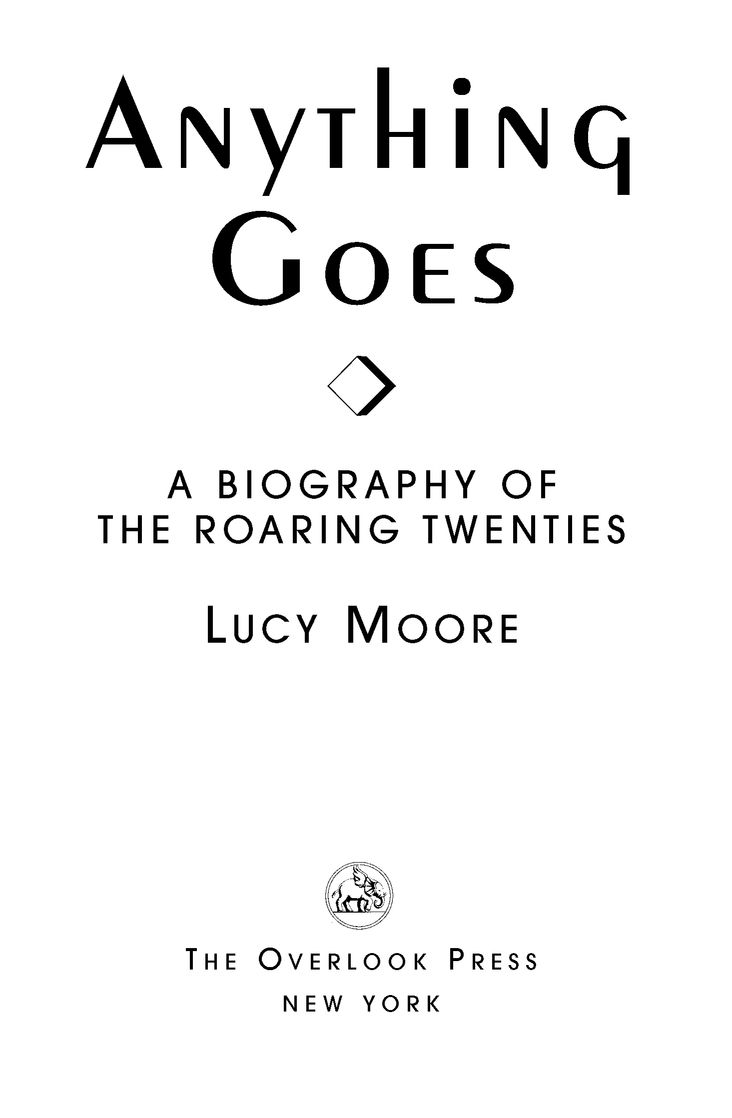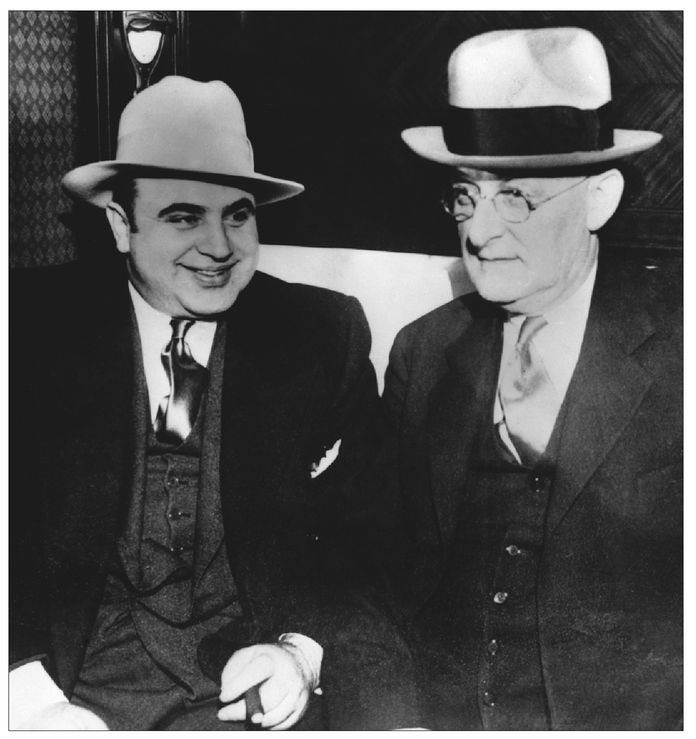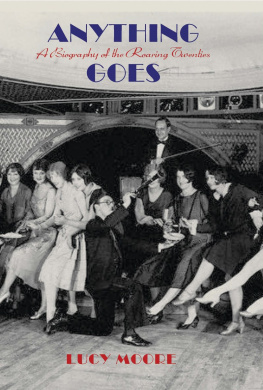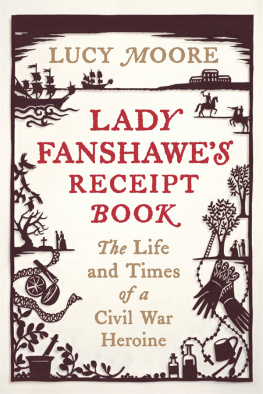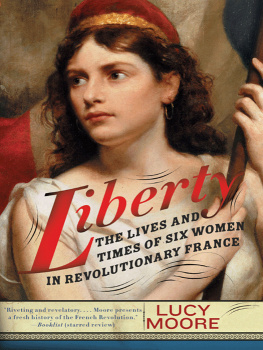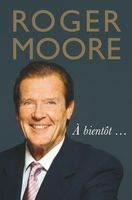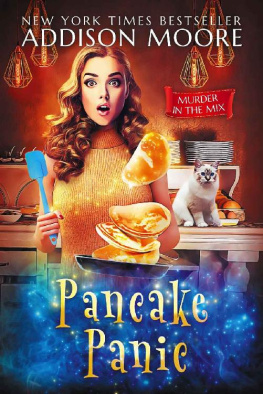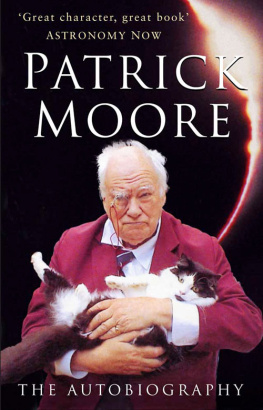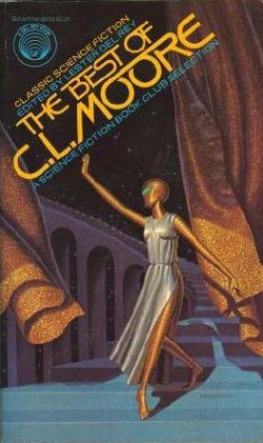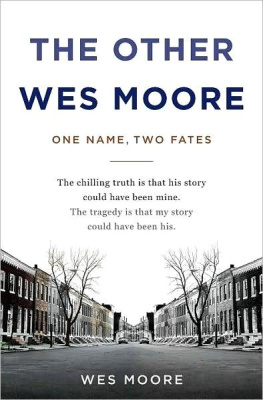Table of Contents
XXXX
LIST OF ILLUSTRATIONS

Caresse and Harry Crosby and Kitsa Wilkins. Courtesy of the
Morris Library, South Illinois University.
Al Capone and Henry Laubenheimer. Hulton-Deutsch
Collection/Corbis.
The Louis Armstrong Hot Five. Roger-Viollet/Topfoto.
Scott and Zelda Fitzgerald. Courtesy of the F. Scott Fitzgerald
Archive, Princeton University Library.
Theda Bara. Fox Films/The Kobal Collection.
Warren and Florence Harding. Getty Images.
Henry Ford. Getty Images.
Bartolomeo Vanzetti and Nicola Sacco. Bettmann/Corbis.
Ku Klux Klan. Library of Congress, Prints & Photographs
Division, National Photo Company Collection.
Caresse Crosby. Courtesy of the Morris Library, South Illinois
University.
Dorothy Parker. The Art Archive/Culver Pictures.
Harold Ross. Jane Grant Collection, University of Oregon.
Clarence Darrow and John Scopes. The Art Archive.
The Spirit of St Louis. Lindbergh Picture Collection, Manuscripts
& Archives, Yale University.
Jack Dempsey. Bettmann/Corbis.
Jack Dempsey and Gene Tunney. Bettmann/Corbis.
William Van Alen. Bettmann/Corbis.
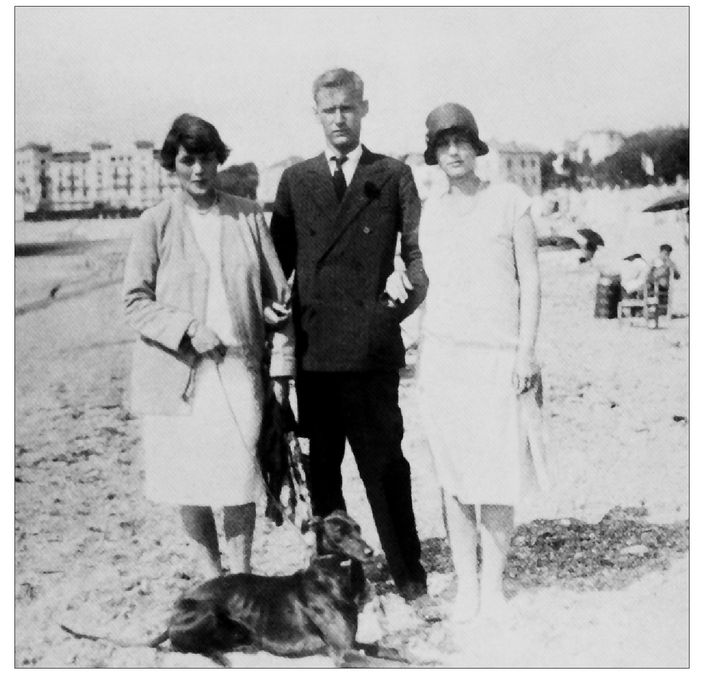
Glamorous exiles Caresse and Harry Crosby
and Harrys sister Kitsa on the beach at Deauville,
September 1929. Narcisse Noir reclines at their feet.
PROLOGUE
A HANDSOME YOUNG MAN STANDS ON A SUNNY BEACH BETWEEN his wife and his sister. Its late summer and the bathers frolicking in the shallows or shading themselves beneath striped parasols in the background are growing scarce. The two women are in pale knee-length dresses, their hair fashionably styled; one wears a cardigan against the sea wind. Harry Crosby stands out in his dark suit, his hands stuffed into his pockets and his face screwed up against the sun. The photograph was taken at Deauville in late September, 1929, but it has an astonishingly contemporary feel.
The three figures probably look more normal to us than they would have to an onlooker at the time the photograph was taken. So many of the things that would have marked them out as modernists in the eyes of their peers are now taken for granted. When I look at it I have to pinch myself to remember that Harry being bareheaded, at a time when no gentleman went outside without a hat, was a daring declaration of freedom, and that the black silk gardenia he sports in his lapel was a deliberate subversion of the genteel buttonhole and a badge of his alliance with the avantgarde. Knowing the story behind this photograph provides us with clues about the world in which Harry and his family lived, a world of growth and social upheaval on an unprecedented scalea world which, in its self-conscious modernity and its brash enthusiasms, was startlingly similar to our own.
The Crosbys were American aristocracy, living in Europe on vast wealth accumulated on Wall Street, although Harry affected to despise the conventional milieu from which he sprang and delighted in shocking it when he could. Despite their Establishment roots, Harry Crosby and his companions were prophets of a new age. Today there is nothing unusual in divorce but in 1929 it was still a scandal. On this day at the beach, Harrys sister announced that she was divorcing her husband. Harrys wife, Caresse, had left her first husband to marry him, branding them both outlaws from respectable society. Their example heralded a future when divorce would be commonplace. Harrys eccentric dress and behavior also marked them out. Like fellow members of the Lost Generation, Harry had responded to the atrocities he had seen as an ambulance driver in the French trenches during the First World War with reckless hedonism, fueled by the American age of plenty in which he was living. He was promiscuous, he was profligate, he drank too much, he took drugs, he drove dangerously fast, he died young. Harry Crosby may have felt part of a tiny, forward-thinking elite during his lifetime, but his story is all too familiar today.
Ive been interested in the 1920s in America for many years, but what made me decide to write about it now was an increasingly powerful sense of recognition. So many aspects of the Jazz Age recall our own: political corruption and complacency; fear of outsiders; life-changing technologies; cults of youth, excess, consumerism and celebrity; profit as a new religion on the one hand and the easy availability of credit on the other; astonishing affluence and yet a huge section of society unable to move out of poverty. Perhaps we too are hurtling towards some sort of catastrophe, the effects of which will evoke those of the crash of 1929. After all, as history so often reminds us, there is nothing new under the sun.
This is a subjective survey of the principal events and characters of the time. The Roaring Twenties was an age of iconic events and people, of talismanic names and episodes that have entered our consciousness more like mythsor morality talesthan historical occurrences. This book is my exploration of those icons. From a distance of eighty years, some still glitter while others have grown tarnished, but their fascination endures.
LUCY MOORE
London, July 2007
Cozying up to the law: sharp-suited gangster Al Capone
(left) with Henry Laubenheimer, US Marshall for
Illinois, at the height of Capones attempts to present
himself as a legitimate businessman, 1928.
YOU CANNOT MAKE YOUR SHIMMY SHAKE ON TEA
IN EARLY 1927, WHEN CHICAGOS BEER WARS BETWEEN RIVAL GANGS of bootleggers were at their peak, Al Capone invited a group of reporters to his heavily fortified home. Fetchingly attired in a pink apron and bedroom slippers, rather than his usual sharp suit and diamond cuff-links, he dished up a feast of homemade spaghetti and illegally imported Chianti and told his guests that he was getting out of the booze racket. Capone wanted the worldnot just the public but the police, the federal authorities and his mob enemiesto believe that he was finished with crime.
But despite his public pronouncement, he had no intention of quitting such a profitable business. At the end of the year, with gangsters still dying in regular shoot-outs on the streets of Chicago, Capone again tried to distance himself from the criminal underworld. Summoning journalists to his suite at the Metropole Hotel, his headquarters in the center of the city, he announced his retirement for the second time in a year. He had only been trying, Capone declared, to provide people with what they wanted. Public service is my motto, he insisted. Ninety percent of the people in Chicago drink and gamble. Ive tried to serve them decent liquor and square games. But Im not appreciated. Its no use... Let the worthy citizens of Chicago get their liquor the best way they can. Im sick of the job. Its a thankless one and full of grief. He was no more a criminal than his clients, he argued. I violate the prohibition law, sure. Who doesnt? The only difference is I take more chances than the man who drinks a cocktail before dinner and a flock of highballs after it. But hes just as much a violator as I am... Falsely, he claimed that he and his men had never been involved in serious crime, vice or robbery: I dont pose as a plaster saint, but I never killed anyone.

